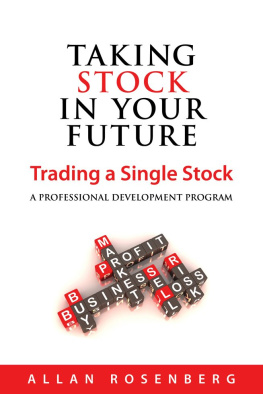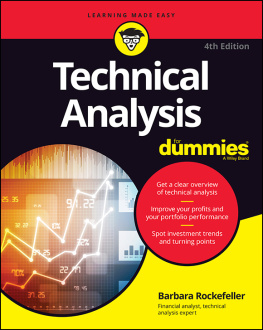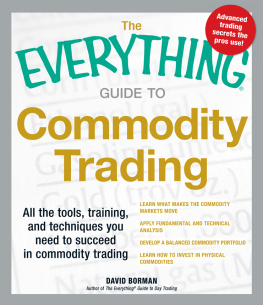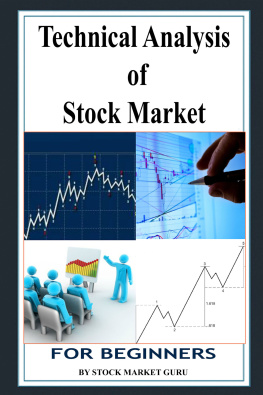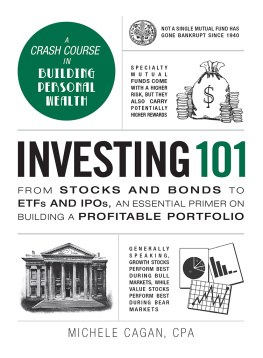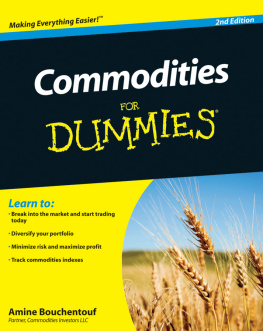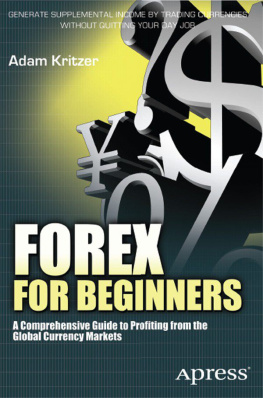

Copyright 2004 by The McGraw-Hill Companies, Inc. All rights reserved. Except as permitted under the United States Copyright Act of 1976, no part of this publication may be reproduced or distributed in any form or by any means, or stored in a database or retrieval system, without the prior written permission of the publisher.
ISBN: 978-0-07-182122-3
MHID: 0-07-182122-8
The material in this eBook also appears in the print version of this title: ISBN: 978-0-07-144096-7, MHID: 0-07-144096-8.
All trademarks are trademarks of their respective owners. Rather than put a trademark symbol after every occurrence of a trademarked name, we use names in an editorial fashion only, and to the benefit of the trademark owner, with no intention of infringement of the trademark. Where such designations appear in this book, they have been printed with initial caps.
McGraw-Hill eBooks are available at special quantity discounts to use as premiums and sales promotions, or for use in corporate training programs. To contact a representative please e-mail us at bulksales@mcgraw-hill.com.
This publication is designed to provide accurate and authoritative information in regard to the subject matter covered. It is sold with the understanding that the publisher is not engaged in rendering legal, accounting, or other professional service. If legal advice or other expert assistance is required, the services of a competent professional person should be sought.
From a declaration of principles jointly adopted by a committee
of the American Bar Association and a committee of publishers.
TERMS OF USE
This is a copyrighted work and The McGraw-Hill Companies, Inc. (McGraw-Hill) and its licensors reserve all rights in and to the work. Use of this work is subject to these terms. Except as permitted under the Copyright Act of 1976 and the right to store and retrieve one copy of the work, you may not decompile, disassemble, reverse engineer, reproduce, modify, create derivative works based upon, transmit, distribute, disseminate, sell, publish or sublicense the work or any part of it without McGraw-Hills prior consent. You may use the work for your own noncommercial and personal use; any other use of the work is strictly prohibited. Your right to use the work may be terminated if you fail to comply with these terms.
THE WORK IS PROVIDED AS IS. McGRAW-HILL AND ITS LICENSORS MAKE NO GUARANTEES OR WARRANTIES AS TO THE ACCURACY, ADEQUACY OR COMPLETENESS OF OR RESULTS TO BE OBTAINED FROM USING THE WORK, INCLUDING ANY INFORMATION THAT CAN BE ACCESSED THROUGH THE WORK VIA HYPERLINK OR OTHERWISE, AND EXPRESSLY DISCLAIM ANY WARRANTY, EXPRESS OR IMPLIED, INCLUDING BUT NOT LIMITED TO IMPLIED WARRANTIES OF MERCHANTABILITY OR FITNESS FOR A PARTICULAR PURPOSE. McGraw-Hill and its licensors do not warrant or guarantee that the functions contained in the work will meet your requirements or that its operation will be uninterrupted or error free. Neither McGraw-Hill nor its licensors shall be liable to you or anyone else for any inaccuracy, error or omission, regardless of cause, in the work or for any damages resulting therefrom. McGraw-Hill has no responsibility for the content of any information accessed through the work. Under no circumstances shall McGraw-Hill and/or its licensors be liable for any indirect, incidental, special, punitive, consequential or similar damages that result from the use of or inability to use the work, even if any of them has been advised of the possibility of such damages. This limitation of liability shall apply to any claim or cause whatsoever whether such claim or cause arises in contract, tort or otherwise.
This book is dedicated to my beautiful sons, Zachary D. Nassar and Weston S. Nassar. I am very proud of you both!
CONTENTS
Chapter 1:
Traditional Wall StreetTrumpery, Tyranny, and Tendency
Chapter 2:
The Business Cycle
Chapter 3:
The Broad Market and the Way the Engine Runs
Chapter 4:
Sector Analysis
Chapter 5:
Opinion versus Analysis (Data)
Chapter 6:
Supply, Demand, and Emotions
Chapter 7:
Market Cycles and Technical Analysis
Chapter 8:
Support and Resistance
Chapter 9:
Trajectories and Paths
Chapter 10:
Candles and Oscillators
Chapter 11:
Fundamentals or Financial Fantasy
Chapter 12:
Becoming Your Own Analyst
Chapter 13:
Tactical Trading and Investing
Chapter 14:
Pay Raises Become Effective When You Do
Chapter 15:
When to Sell
Chapter 16:
Favorite Strategies
FOREWORD
As a long-time Commodities trader, I have attended many symposiums and events on the topic of making money in the market. Usually within a half hour of listening to a presentation, I get bored with the speaker and just get up and leave because the information tends to be all theory without actual trading experience behind the information. David Nassar is one of the few who keeps me thoroughly intrigued.
My firm, MBF Clearing Corp, is the largest clearing firm on the New York Mercantile Exchange (NYMEX). I have been trading since I was eighteen and teaching others for almost that long. In 2002, I authored the book, The Logical Trader, Applying a Method to the Madness. After the book was published, I began conducting a series of trading seminars and live trading demonstrations in which I invite a select few to join me at the NYMEX. David Nassar is one of the rare and few worthy of speaking at our highly sought-after events on Wall Street. Great traders are hard to find and those who can transfer their knowledge to others are even harderDavid is one of those people.
I have a large team of proprietary traders who trade my money, as well as customers who rely on me for quality information. My role is to continually help them to be successful, therefore, quality information is at a premium. The problem is, finding quality information is rare. The first time I listened to David, I was immediately impressed with his views of the market and his methods of trading them. I knew he was focused on the same basic principles of the market that I have been trading and teaching about in the futures markets for the past 20 years. Working with seasoned pros and other market icons, I can tell you that timeless strategies that have worked on the floor of the exchange are also transferable to virtual screen-based markets. These are methods that few people truly understand because of the jaded views that form due to media influences but that will open the readers mind to an unobstructed view of how to make money in all markets.
When trading on the floor of the NYMEX, learning to trade is baptism by fire. You are taught by hanging on to the wing of active traders all around you who are moving large amounts of money in real time. There is little time for theoryonly action! Today, the markets are virtual and open to all participants. This creates the opportunity for a structured learning environment that the exchanges did not readily provide. The way I and many others learned to trade on the floor was through harsh reality and experience, which created many casualties among traders. Today that has changed because of traders like David, who can teach how they trade.
Next page

